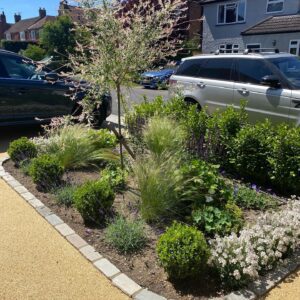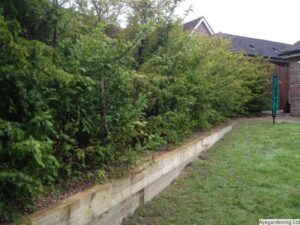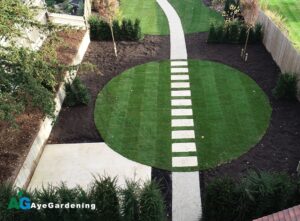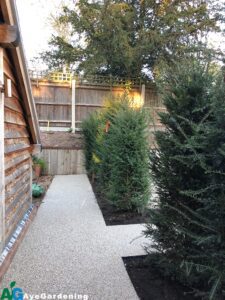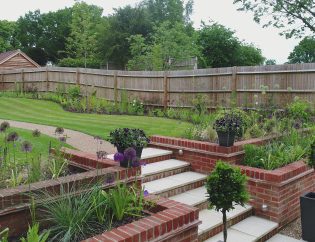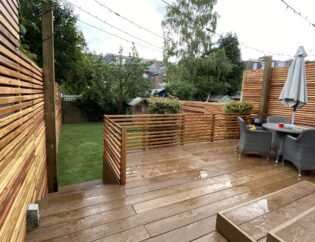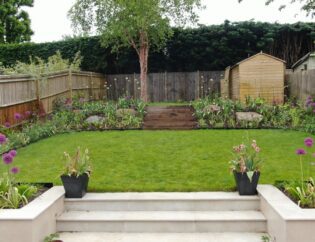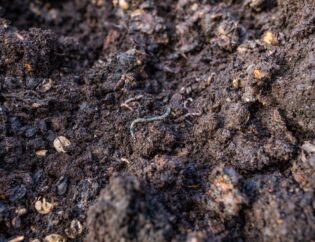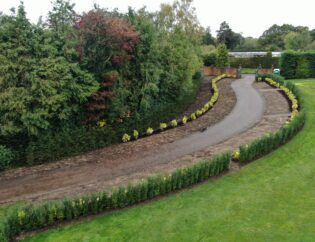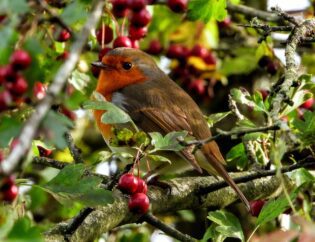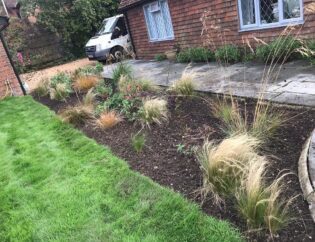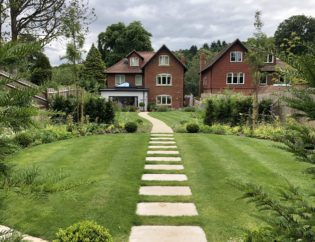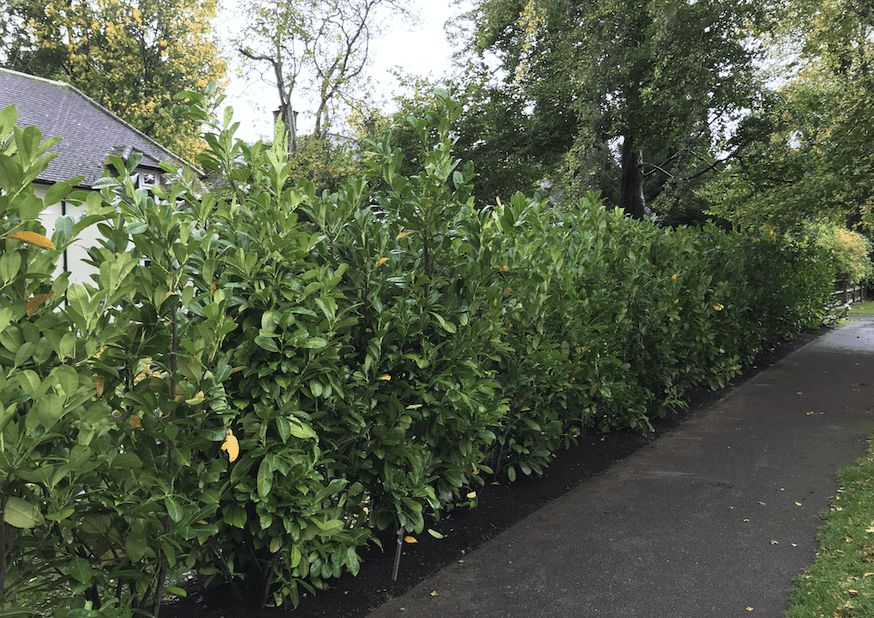
AYE’S ADVICE: Planting a hedge
Hedges, fences and walls all provide boundaries around our gardens, but hedges have many advantages over the manufactured alternatives. Planting a hedge can form an attractive boundary, as well as providing a place for wildlife, especially nesting birds. Hedging is an attractive way to provide privacy around a house. There are also other reasons why they can be a better choice over walls and fencing.
Why plant a hedge?
This blog post explores the benefits that hedges can bring to your property.
Encourage wildlife
Insects, butterflies, birds and small mammals love hedges, as they give shelter as well providing them with food such as berries.
A wall-hung bird feeder doesn't compare with providing a hawthorn hedge with luscious red haws in autumn, or the berries on a laurel, pyracantha or holly. As well as feeding birds, butterflies and insects, hedges give shelter.
Increase security
Thorny or spiny hedges are tremendously off-putting to burglars. Where your boundary is particularly vulnerable, thorny plants such as hawthorn, pyracantha and berberis may be options for defensive yet colourful planting.
Statistics show that crime rates are lower in green areas, and even that drivers keep to lower speeds on hedge-lined streets!
Low maintenance
A hedge will need regular trimming, but this is more cost effective compared to painting or staining a fence. Hedges have a much longer longevity and won't rot or break like fencing will in time.
Wind protection
A key reason to plant a hedge is to provide shelter from winds. Not only will hedges provide a wind barrier, they also filter the air and calm it. Unlike a wall or fence - which divert the wind upwards over the obstruction creating turbulence - a hedge filters and calms it. This leads to improved air circulation and the formation of a sheltered micro-climate. In the garden, this gives better growing conditions as a result of warmer soil.
Disguise unattractive areas
We don't all have great views from every window and a hedge can quickly mature to whatever height is appropriate. It can block the view of rubbish bins, washing lines, compost heaps, or ugly buildings. This is particularly useful if you need a high screen. Walls and fences are more costly choices.
Environmental benefits
Dense hedging can help reduce (but not eliminate) noise levels and absorb air pollution, so are particularly useful in built-up areas.
The degree of sound deadening is directly influenced by the height, maturity and density of a hedge, and particularly by the elevation of the source of the noise, a noise from above the garden level being more difficult to reduce. Hedges planted for sound proofing are also known to absorb air pollution, which is particularly useful for use near herb and vegetable gardens, as well as children's' play areas.
Colour
The beauty of hedging can be the attractive change of colours through the seasons, especially if you choose varieties with colourful flowers, berries and leaves that change colour. By incorporating hedging into your garden design, you can extend the colour of your garden through the year.
Frame a feature
The dark background of an established hedge can help to focus the eye onto plants in the foreground. Garden designers use hedges to help enhance a view and herbaceous borders are shown to best effect in front of a hedge.
Aye’s Trouble-Shooting Tips
- Dip treated panels: You may need to keep a dip treated product off the ground –a pressure-treated gravel board is one way of doing this.
- Warped wood: Wood is a natural product and you can expect to see a degree of swelling and shrinking, which will not be uniform due to the different densities of each piece of timber used in your fencing. Any cracks or warping from this natural process are unlikely to affect the structure and strength of your fence.
- If you are interested in a more premium fencing type then you may want to consider Jacksons Fencing.
